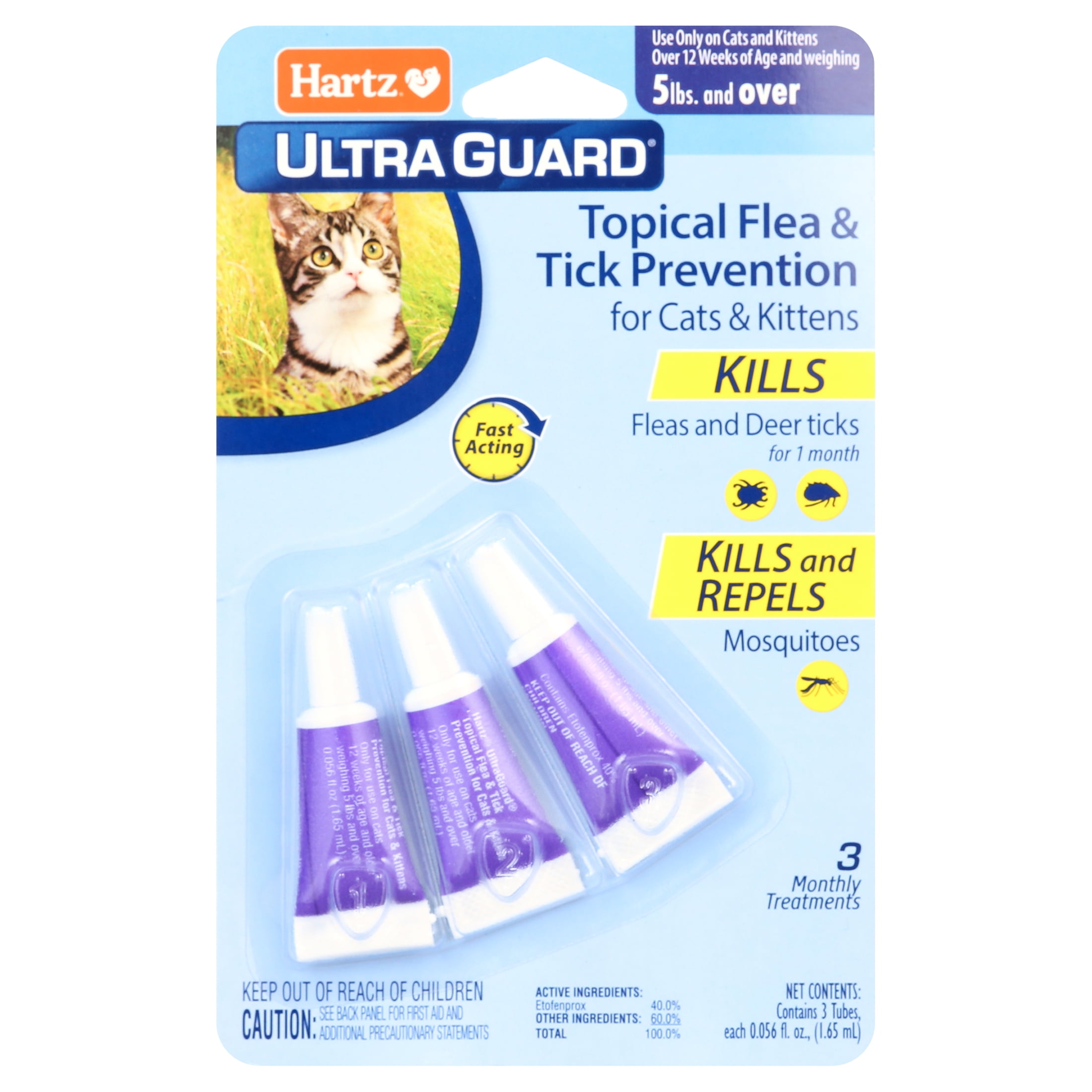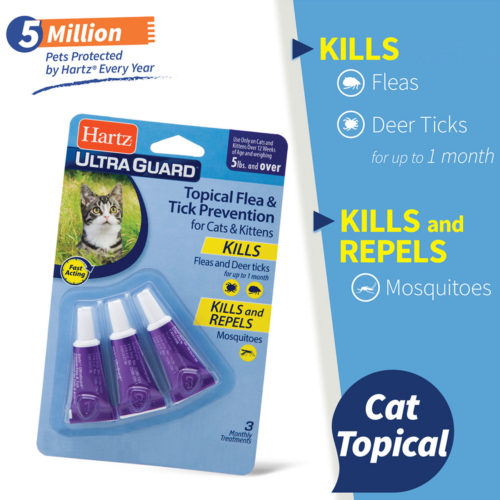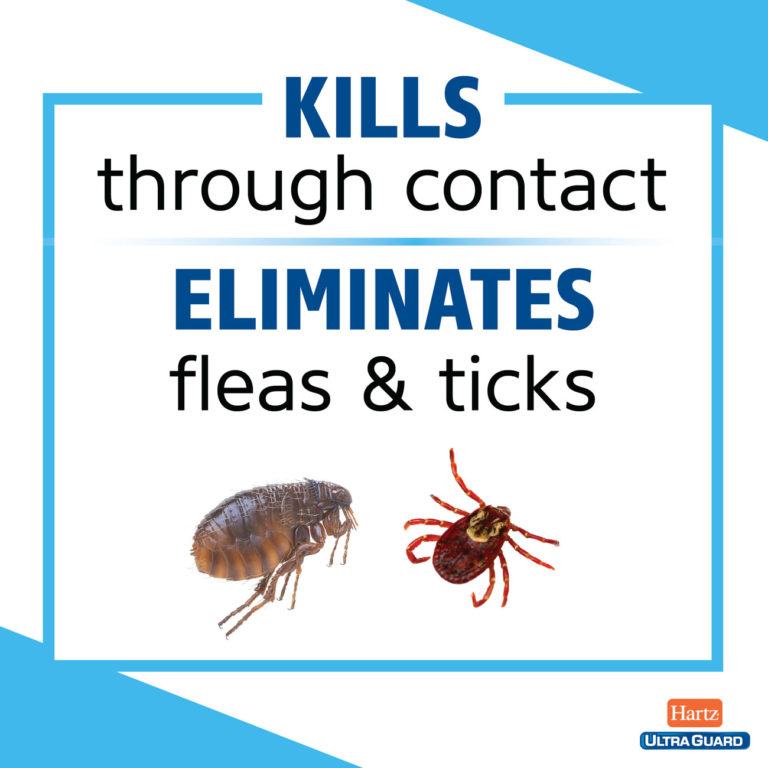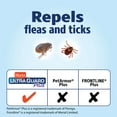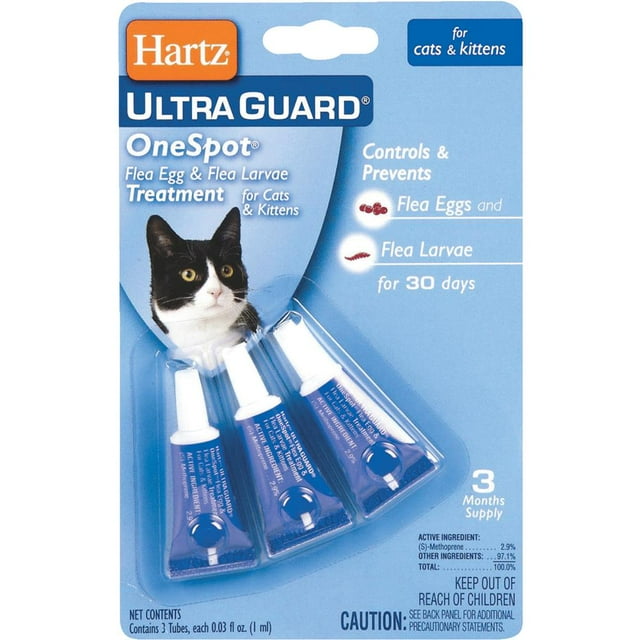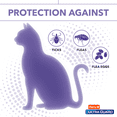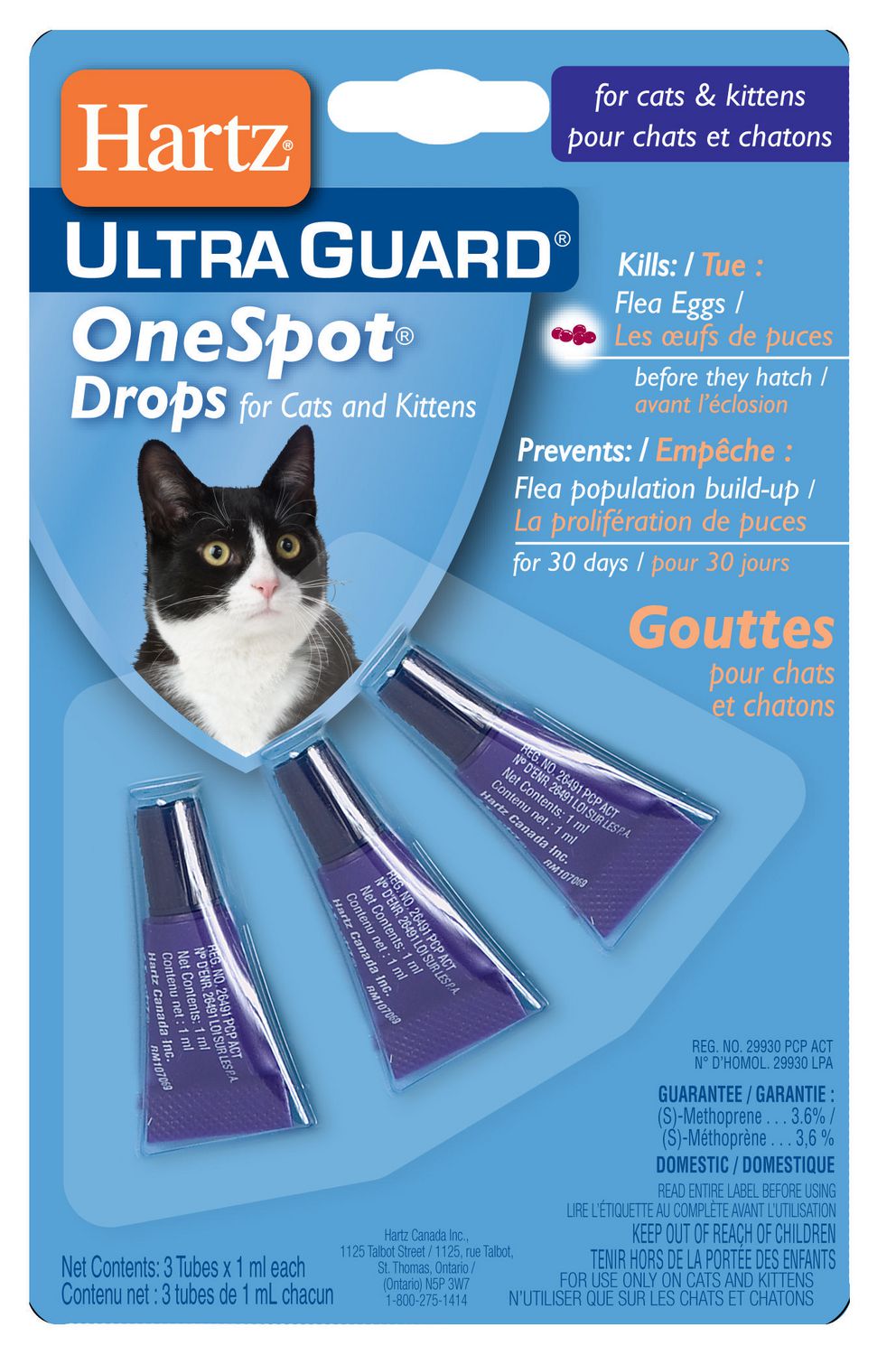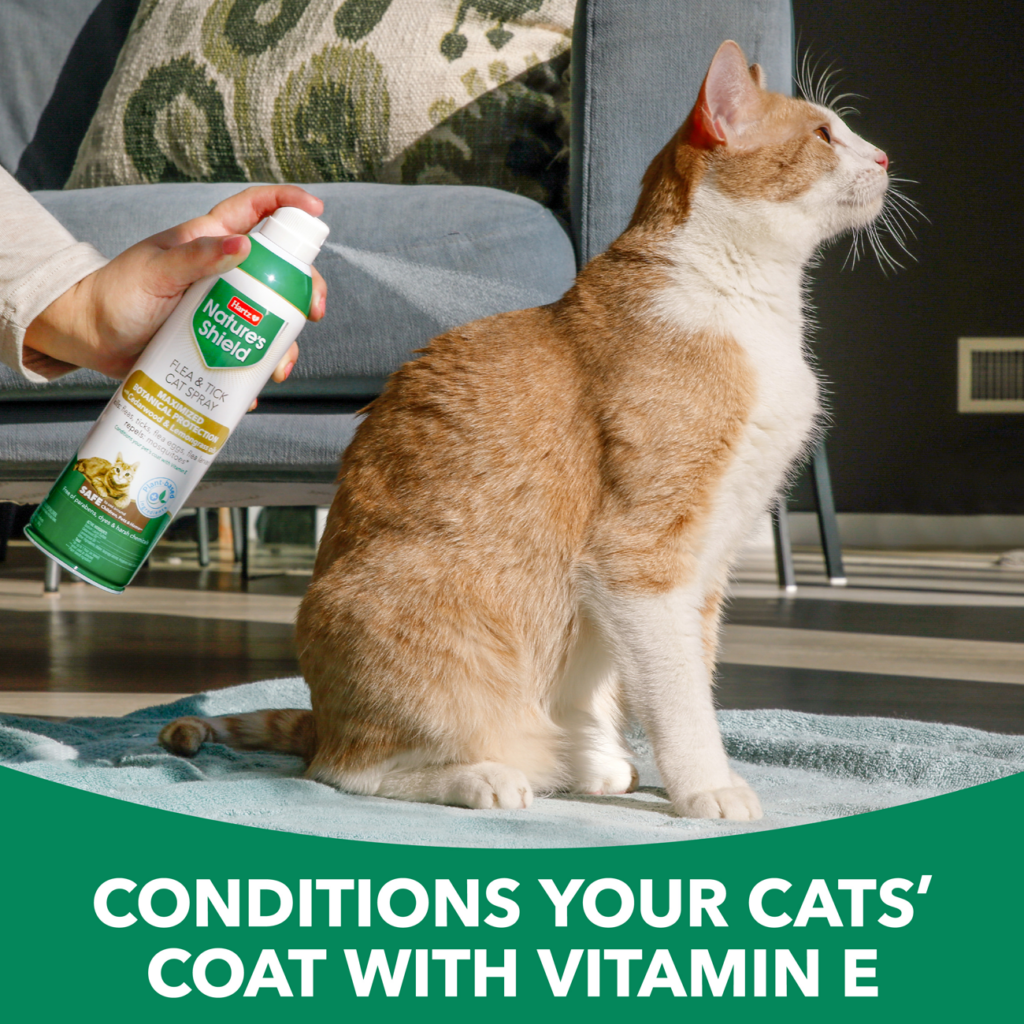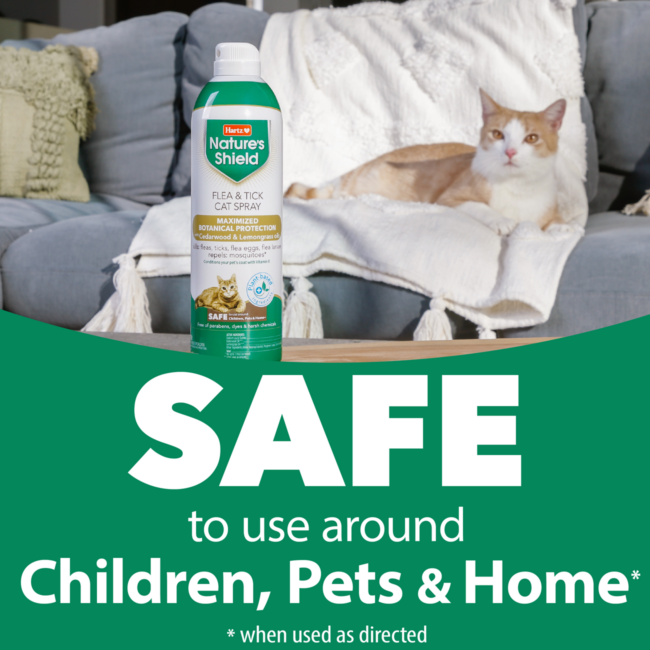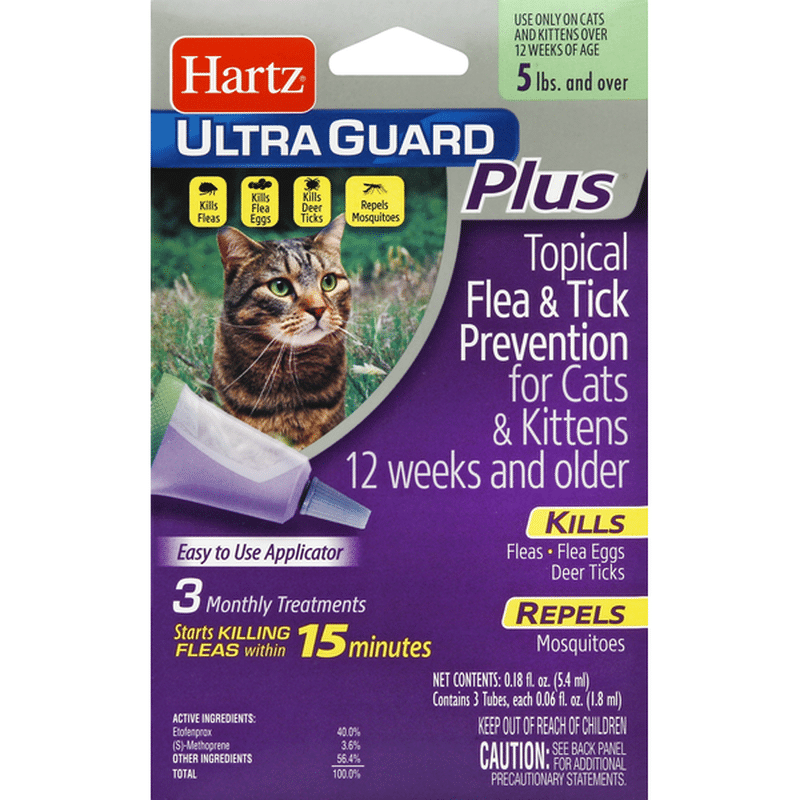Hartz Topical Flea & Tick Prevention Cats

Imagine your feline friend, curled up in a sunbeam, purring contentedly. Their fur, usually sleek and glossy, is now marred by incessant scratching, a telltale sign of those tiny, unwelcome guests: fleas. The battle against these pesky parasites is a familiar one for cat owners, and the quest for effective and safe solutions is always ongoing.
This brings us to the heart of the matter: Hartz Topical Flea & Tick Prevention for Cats, a widely available and budget-friendly option for controlling these common pests. But with varying perspectives surrounding its efficacy and safety, understanding its formulation, application, and potential impact on your beloved feline companion is crucial.
A Look at Hartz's History and Presence
Hartz has been a household name in pet care for decades. Their products range from toys and treats to grooming supplies and, of course, flea and tick control. With such a long history, they've become a ubiquitous presence in pet stores and online retailers, offering affordable solutions for pet owners.
The accessibility of Hartz products is undoubtedly a major draw for many. Their topical flea and tick treatments are readily available, often at a lower price point than some of the prescription or vet-recommended alternatives.
Understanding the Active Ingredients
Hartz Topical Flea & Tick Prevention for Cats typically utilizes active ingredients like Phenothrin or other pyrethroids. These chemicals work by disrupting the nervous systems of fleas and ticks, leading to their paralysis and death.
Pyrethroids are synthetic insecticides that mimic the natural insecticidal properties of pyrethrins found in chrysanthemum flowers. While generally considered effective against fleas and ticks, their use in cats requires careful consideration.
Weighing the Benefits and Risks
The primary benefit of using Hartz topical treatments is their effectiveness in killing fleas and ticks. Many users report seeing a significant reduction in infestation after application, providing relief for their cats.
However, potential risks are a significant concern that shouldn't be overlooked. Some cats are sensitive to pyrethroids, and adverse reactions, ranging from skin irritation to more severe neurological symptoms, have been reported.
The Environmental Protection Agency (EPA) has, in the past, issued warnings regarding certain flea and tick products, including some Hartz formulations, due to reports of adverse reactions in pets. Always follow label instructions meticulously.
Expert Opinions and Veterinarian Advice
Veterinarians often recommend consulting with them before using any flea and tick treatment, especially if your cat has a history of sensitivities or underlying health conditions. They can assess your cat's individual needs and recommend the safest and most effective options.
Many veterinary professionals prefer prescription flea and tick preventatives, citing their higher safety margins and targeted action against specific pests. These often contain newer generation insecticides that are considered safer for cats than some older pyrethroids.
Safe Application and Precautions
If you choose to use Hartz Topical Flea & Tick Prevention for Cats, carefully read and follow the instructions on the label. Applying the correct dosage based on your cat's weight is crucial to minimizing the risk of adverse reactions.
Monitor your cat closely for any signs of irritation or unusual behavior after application. If you notice anything concerning, such as excessive salivation, tremors, or vomiting, contact your veterinarian immediately.
Ensure that other pets in the household, particularly dogs, don't groom the treated cat, as some ingredients can be toxic to dogs as well.
Making an Informed Decision
Ultimately, the decision of whether or not to use Hartz Topical Flea & Tick Prevention for Cats rests with you. By understanding the active ingredients, potential risks, and alternative options, you can make an informed choice that prioritizes your cat's well-being.
Consider your cat's individual health, lifestyle, and sensitivity levels when making your decision. Consulting with your veterinarian is always the best course of action to ensure your feline friend receives the safest and most effective flea and tick protection available.
Protecting your cat from fleas and ticks is an act of love. Choosing the right treatment requires careful consideration and a commitment to ensuring their comfort and health.

